The PecanA History of America’s Native Nut
This lively history by the acclaimed author of Just Food and A Revolution in Eating follows the pecan from primordial Southern groves to the contemporary Chinese marketplace to reveal how a nut with a very limited natural range has become a global commodity and endangered heirloom.
What would Thanksgiving be without pecan pie? New Orleans without pecan pralines? Southern cooks would have to hang up their aprons without America’s native nut, whose popularity has spread far beyond the tree’s natural home. But as familiar as the pecan is, most people don’t know the fascinating story of how native pecan trees fed Americans for thousands of years until the nut was “improved” a little more than a century ago—and why that rapid domestication actually threatens the pecan’s long-term future.
In The Pecan, acclaimed writer and historian James McWilliams explores the history of America’s most important commercial nut. He describes how essential the pecan was for Native Americans—by some calculations, an average pecan harvest had the food value of nearly 150,000 bison. McWilliams explains that, because of its natural edibility, abundance, and ease of harvesting, the pecan was left in its natural state longer than any other commercial fruit or nut crop in America. Yet once the process of “improvement” began, it took less than a century for the pecan to be almost totally domesticated. Today, more than 300 million pounds of pecans are produced every year in the United States—and as much as half of that total might be exported to China, which has fallen in love with America’s native nut. McWilliams also warns that, as ubiquitous as the pecan has become, it is vulnerable to a “perfect storm” of economic threats and ecological disasters that could wipe it out within a generation. This lively history suggests why the pecan deserves to be recognized as a true American heirloom.
James McWilliams is Professor of History at Texas State University. He is a frequent contributor to the Atlantic, Texas Observer, the New York Times, and other publications.
“This excellent and charming story describes a tree that endured numerous hardships to become not only a staple of Southern cuisine but an American treasure.”
—Ann Wilberton, Pace University Library, New York, Library Journal
Introduction
Cracking the Nut
Here is an intriguing hypothesis: nuts may have made our prehuman ancestors smarter. Smarter because the nut forms in a shell and our hominid forebears had to think a bit about how to extract it. Thought led to innovation. Innovation to nutrition. Nutrition to greater intelligence. That’s the idea, anyway. Granted, finding a stone flat enough to shatter a nut doesn’t really qualify as unique cognition–apes do it all the time. But not unlike the way a seagull, after multiple attempts, finally figures out how high to soar before dropping the clam, it required trial and error. Smash the nut too fiercely, whack it in the wrong spot with the wrong rock, and shell shards splinter into the meat. Get it just right, though, with the right rock on the right seam with the right pressure, and you’ve just opened a new chapter in culinary history. When the first nut was cracked, the history of eating, it seems fair to say, changed significantly.1
We have no idea when or where it happened. No idea whatsoever who the first opposable-thumbed hominid was who successfully liberated a nut from its shell. However, it stands to reason that whenever it took place, life changed for the better. Prehuman and human history is marked by major transformations: the harnessing of fire, the domestication of wheat, irrigation, animal breeding, refrigeration, genetic modification, the advent of the Twinkie. Rarely included among these prehistoric and historic milestones is the simple act of cracking open a nut. This fundamental historical act, I submit, deserves its due. The cracked nut may not have profoundly altered the course of human events, but it played an important role in shaping material and economic life for hundreds of millions of people for hundreds and thousands of years.2
Of course, nuts didn’t evolve shells to improve the minds of our prehistoric ancestry. On the contrary, a nut is a fruit with a single seed that’s indehiscent–it does not open upon reaching maturity. Its hard exterior protects the seed (which is technically a one-seeded dry fruit) from the elements. The fact that we managed to break the nut’s barrier and, over thousands of years, enjoy its fruit and, over the last hundred years, dictate the genetic course of its development doesn’t mean that nuts lost and humans won. Nature, which is defined by unintended consequences, really doesn’t follow that kind of logic. Plus, nature is ultimately too elusive and too powerful to assume a subservient role to a recent arrival such as the human, no matter how impressive his brain or how advanced his technologies.
When humans and plants enter into a relationship, a level of humility is forced upon us as we become integrated into unfamiliar natural processes. A mutually beneficial balance, never perfect, is the only way to ensure that the relationship–much less the plant itself–enjoys some semblance of longevity. For most of history, humans have responsibly propagated nuts. Nuts, in return, have generously, if more passively, improved the health of humans. They have thrived. We have thrived. How long this balance will persist into the future is, as we will see in the last chapter of this story, very much an open question, one we should probably be thinking about more seriously than we do.3
Pecan trees (Carya illinoinensis) have lent themselves especially well to a delicate symbiosis with humans. Pecans belong to the family Juglandaceae, the pollen of which first appeared in the late Cretaceous period, about 135 million years ago. About 80 million years later the phylum Hicoreae sprouted across loosely connected landscapes that would eventually cleave into North America, Asia, and Europe. Sixteen million years later the genus Carya, which encompasses all hickories (including the pecan), came into being. This genus died out in Europe by the Pleistocene period (2 million years ago) but took deep root in limited geographical ranges across Asia and North America. The pecan has become, according to one authority, “the largest, fastest-growing, best-known, most valuable, and one of the longest-lived of all the hickories.”4
It was in North America alone, however, that the pecan found a climate amicable enough to inspire permanence. Wet, loamy, alluvial soil that reached from northern Illinois (hence its scientific name) to the Gulf Coast, and from central Texas to (possibly) a small patch of central Alabama, nurtured the pecan’s exclusive development in North America. As the Stuart Pecan Company would brag in 1893, “We [Americans] have rightfully a monopoly upon the nut.” This was exactly the case. The pecan thrives especially well along the turgid Mississippi and its arterial network of toffee-colored tributaries. As a botanical specimen, the pecan tree is supremely hardy–“a seasoned, professional athlete in a room of earnest but average sportsmen,” as one team of botanists put it. It evolved a remarkable set of adaptive qualities that served it immensely well before the cooperative support of human cultivation. As a “climax tree species”–that is, as a species that does not care much for shade–the pecan successfully elbowed out potential competitors for the privilege of darting skyward and basking in direct sunlight. “The Pecan,” declares a modern guide to American trees, “is intolerant of competition.”5
The tree’s robust root system is equally aggressive. It plunges to the water table and fans out far enough horizontally to absorb a consistent supply of surface moisture. These roots develop well before the tree shoots upward. “It is nothing unusual,” wrote the famous plant breeder Luther Burbank, “to find pecan seedlings an inch high with roots from four to six feet in length.” In this sense, its strength remains hidden from view. Nutrient uptake in the pecan root network happens most efficiently at the humus-surface layer, a critical sliver of soil where nutrients are especially dense. The pecan’s evolution in regions that experience both the occasional ice storm and static heat waves has led the tree to select genes for modest drought and freeze tolerance. All things considered, the pecan possesses an enviable set of genetic and physical attributes. Significantly, these attributes work best in a narrow locality–namely, but not exclusively, the American South. It is the state tree of not only Texas but Mississippi and Arkansas as well.6
The pecan tree’s promiscuity has helped its cause immeasurably. Wild pecans are social. They cluster densely in groves and pollinate from tree to tree, rather than within a single specimen. This happens because an individual tree’s male and female flowers tend to bloom weeks apart. It lacks, according to one geographer, “self-pollinating mechanisms.” This mismatch enhances the genetic diversity that provides the basis for the tree’s dominant presence throughout riverine forests. No modern plant geneticist equipped with the most sophisticated tools could have designed a better complement to the tree’s native, if relatively confined, habitat. Much of this adaptability, oddly enough, has to do with the tree’s inability to mate with itself.7
If the native pecan covers a continuous swath from Mexico to Illinois, the densest pecan groves took shape in the alluvial ridges (just beyond the normal flood range) along the rich tributaries of Oklahoma, Texas, and Louisiana. It was here that they were able to best compete for light and space in precisely the right soil among other native plants–a competition that made the wild pecan one of the tallest indigenous trees west of the Mississippi River, sometimes growing to 180 feet. It was also here that the soil drained but remained moist–a finicky prerequisite for extensive pecan roots. River bottom locations experienced less-dramatic temperature fluctuations, another favorable quality for pecan growth. Once the trees took root, a number of animal species that thrived along rivers began to consume and disperse seeds in all directions. Such species included wood ducks, wild turkeys, quail, crows, foxes, and squirrels. As these animals chose nuts that were easier to crack into, they became the first passive breeders, selecting for thinner-shelled pecans.8
For all these reasons, pecan trees were thriving in southern North America when Native Americans crossed the Bering Strait, or perhaps entered by boat farther down the Pacific coast, from Asia into North America. These intrepid nomads–America’s first immigrants–spanned the hemisphere in search of woolly beasts, eventually fracturing into thousands of distinct cultures of hunter-gatherers. In time, several groups reached the Mississippi River Valley, where they created cultures under grove after grove of towering pecan trees–trees that should have been nowhere else but exactly where they were. Understanding precisely how Native Americans worked the pecan tree into their myriad cultural expressions constitutes the first episode in the larger story of humanity’s ongoing relationship with America’s most economically significant indigenous tree.9
——————
Notes
1. Richard W. Wrangham, W. C. McGrew, Frans B. M. de Waal, and Paul Heltne, eds., Chimpanzee Cultures (Cambridge, MA: Harvard University Press, 1996).
2. L. J. Grauke and Tommy E. Thompson, “Pecans and Hickories,” in Fruit Breeding, vol. 3, Nuts, ed. Jules Janick and James N. Moore (New York: Wiley, 1996); http://www.enotes.com/food-encyclopedia/nuts.
3. For a general discussion of the human-plant relationship, see Michael Pollan, The Botany of Desire: A Plant’s-Eye View of the World (New York: Random House, 2002); for a more in-depth treatment, see Noel Kingsbury, Hybrid: The History and Science of Plant Breeding (Chicago: University of Chicago Press, 2011).
4. Matt Warnock Turner, Remarkable Plants of Texas (Austin: University of Texas Press, 2009), 11.
5. Stuart Pecan Company, The Pecan and How to Grow It (Chicago: Women’s Temperance Publishing Association, 1893), 180–183; Turner, Remarkable Plants of Texas, 11; Roger Tory Peterson, A Field Guide to Eastern Forests (New York: Houghton Mifflin, 1998), 107.
6. Luther Burbank, “Pecans,” in How Plants Are Trained to Work for Man, vol. 11 (New York: F. F. Collier and Son, 1914), 144.
7. Darrell Sparks, “Adaptability of Pecan to Its Native Range,” Horticultural Science 40: 1175–1189; Jean Richardson Flack, “The Spread and Domestication of the Pecan (Carya illinoensis) in the United States” (PhD diss., University of Wisconsin, 1970).
8. Flack, “The Spread and Domestication of the Pecan,” 23.
9. Grant D. Hall, “Pecan Food Potential in Prehistoric North America,” Economic Botany 54, no. 1 (2000): 104.


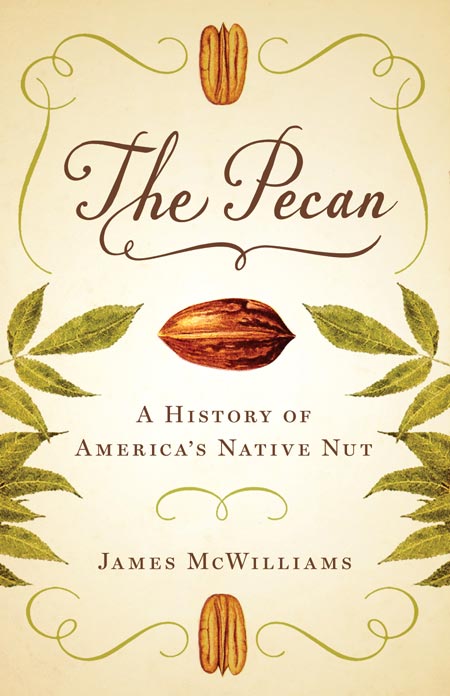



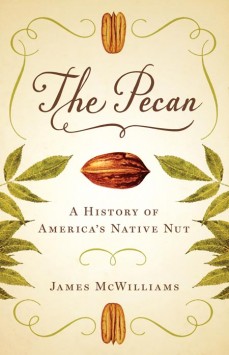
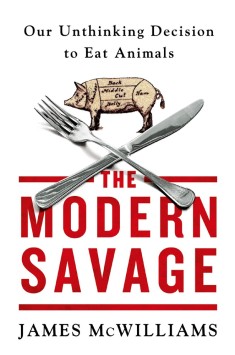
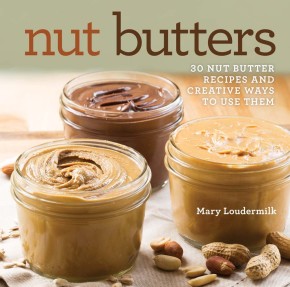
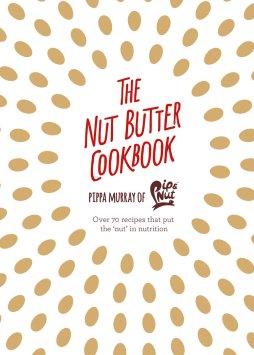
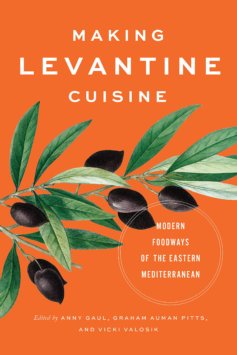
Leave a Reply